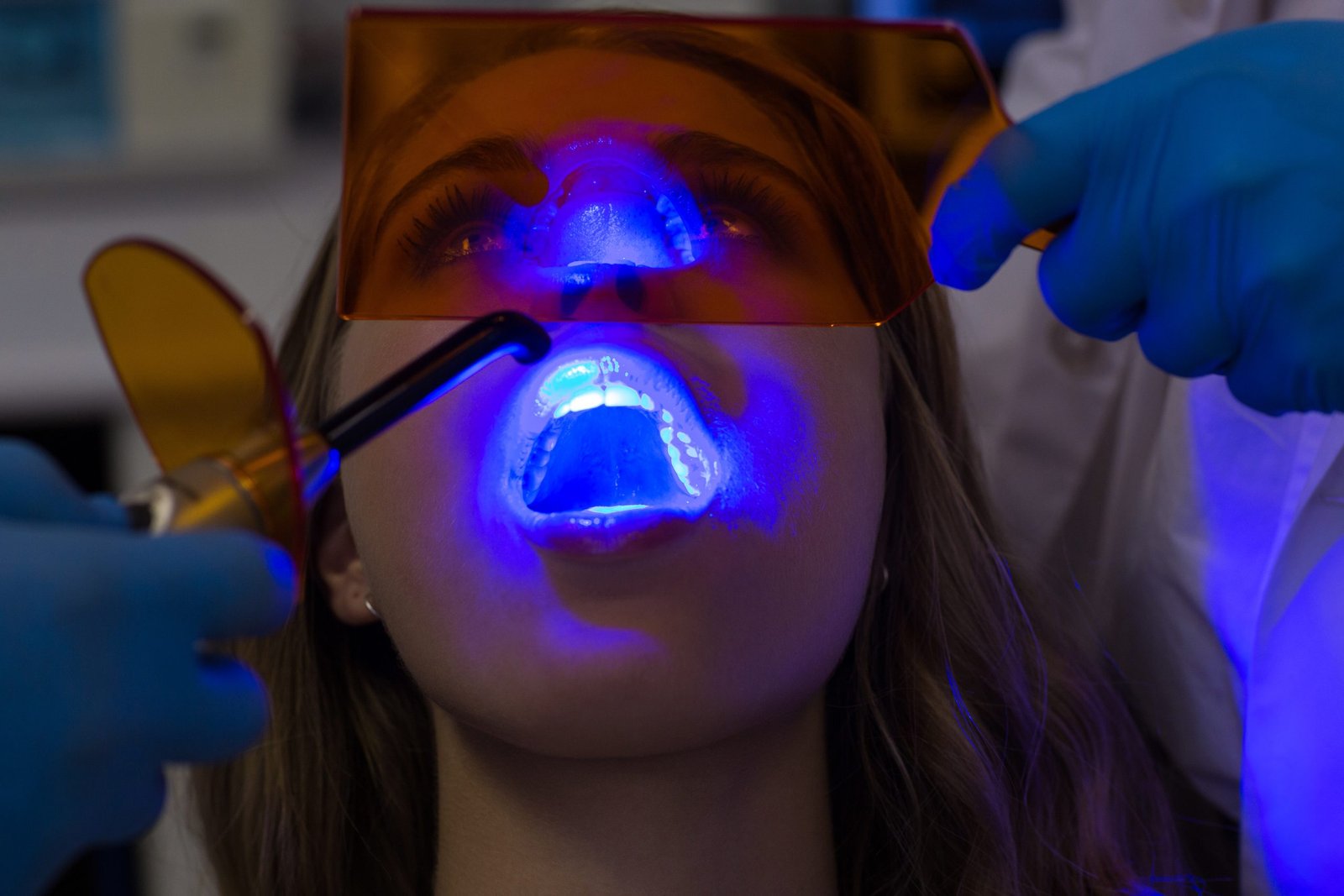-
Email
info@fg.com -
Phone
+90216 533 90 04 -
Location
Site Mah., Cevahir Cd. No:13/A, 34760 Ümraniye/İstanbul
© Alrights reserved
by Dr. Fikret Genç
- Support center
Phone
+90216 533 90 04Location
Site Mah., Cevahir Cd. No:13/A, 34760 Ümraniye/İstanbul© Alrights reserved
by Dr. Fikret Genç
Bone augmentation is one of the most common bone transplant procedures for permanent oral health treatment and improved health. It is also known as bone grafting, and it is a process mostly required when there is an insufficient amount of bone mass in your jaw to support a dental implant or for cosmetic or functional reasons. It improves poor bone structure and is greatly related to oral and maxillofacial surgery.
Bone augmentation is a surgical treatment used to augment or restore damaged bone or bone deficiency in the jaw due to a variety of conditions. Some of these conditions, like loss of teeth, gingivitis, trauma, or congenital aberration, can all cause a reduction in jawbone density.
An examination is always performed by your dentist to determine mouth compatibility for dental implants before performing the surgical implantation process. Dental implants are appropriate for several people, but some lack adequate healthy bones to hold them in place.

There are several ways to augment bone in the jaw region. Each respective form is specifically designed to meet the needs of the patient and certain clinical contexts. The following are some significant bone augmentation methods:
A bone graft comprises various materials that can be obtained from different sources. Some materials are autografts (bones harvested from the patient’s body), allografts (bones from a human tissue bank), or xenografts (bones obtained from an animal bank), and lastly, they may be an alloplastic material (i.e., graft material obtained synthetically).
GBR is a method that keeps soft tissues from invading the recovery bone area, preserving bone growth and offering the ideal environment for regeneration.
This process helps remove restrictions on the positioning of dental implants when a pneumatized sinus is present by increasing the height of the maxilla (upper jaw bone).


Restoration and enhancement of the structures of bones are the major functions of bone augmentation in a wide range of oral and medical applications. The following important characteristics help to comprehend the relevance of bone augmentation:
Assistance in the Placement of Dental Implants
The installation of dental implants can be difficult for people who do not have enough natural bone volume. With the help of a successful augmentation, the assistance and thickness required are provided.
Maintaining Natural Face Beauty
A prematurely wrinkled appearance and a hollowed cheek are two cosmetic alterations brought on by bone loss. This facial contour can be reversed or restored with the use of bone augmentation. To give patients results that are both functional and cosmetically acceptable is particularly crucial for overall facial aesthetics.
Trauma and Congenital Anomalies Treatment
A considerable amount of bone loss within the jaw and facial area can be caused by cancerous excision, congenital anomalies, or trauma. With an augmentation, it is possible to rebuild broken or absent bone, which makes facial component reconstruction easier. This helps the patient psychologically and functionally in bone transplant recovery.
Following a bone transplant, the stability and success rate of a dental implant are enhanced by increased bone volume, after a bone transplant providing a strong basis for surgical reconstruction.
Chewing, speaking, and general face support are all made possible by the restoration of bone volume in the oral and maxillofacial structures.
With any surgical surgery, infection is a possibility. To reduce this great risk, strict adherence to a sterilized procedure is integral.
The ability of the transplant material to blend with the surrounding bone is vital for bone augmentation success. The easy blending of the material can be influenced by a lot of variables.

Bone augmentation operations need a series of procedures that must be followed with extreme care and concentration. All these procedures are categorized into three stages, which are:
Pre-surgical Augmentation Stage
Surgical Bone Augmentation Stage
Post-surgical Augmental Stage



Enjoy the transformative advantages of augmentation under the supervision of a qualified dentist. Dr. Genc is an experienced and committed professional who specializes in the improvement of dental and general health.
Collaboration with him to discover a customized solution is available. If you are struggling with insufficient bone volume that is affecting your facial and oral health, a consultation is the first step towards healthier bones and a confident grin.
Put a smile on your face by reaching out to Dr. Genc today to arrange a time, and together with a Khoury method bone transplant a path to a rejuvenated you can be created.
His ultimate goal is maximum bone health; rely on his knowledge to lead you on this life-changing journey.

With a profound commitment to innovation, Fikret Genç continuously advances techniques and treatments in oral and maxillofacial surgery.
© 2022 – 2025 | Alrights reserved by Fikret Genç
© 2022 – 2025 | Alrights reserved by Fikret Genç